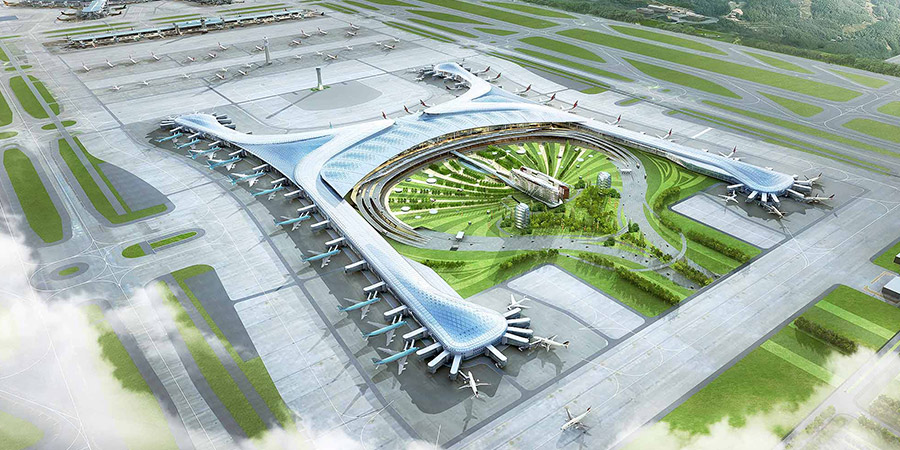Corporations deal with a great amount of unstructured data. Therefore the value of data technology platforms grows exponentially and Telcos are on the way to offer more sophisticated data processing platforms. IDC researchers forecasted that the revenue for the big data technology infrastructure to grow by 40% per annum for the next three years.*

written by:
Anton Rykov
Product Manager, Qulix Systems
Travelling by plane usually means much stress caused by long waiting time for check-in, security control, boarding, etc. However, new technologies have a potential to convert airports into pure comfort areas.
Luggage check-in and tracking
A lot has already changed in recent years. Passengers can check-in for a flight online and receive the boarding card per e-mail which is automatically available on their smartphones. The Hague Airport in Rotterdam, for example, implemented a fast-bag-drop app which allows passengers choosing which self-bag drop to use. The solution enables the airport to provide common self-service bag drop services for passengers, regardless of the airline they fly with.
In the future, baggage items will be equipped with RFID tags instead of currently used print barcodes. This will significantly reduce the rates of lost bags.
In fact, a RFID emits radio waves that allow a tag to be read by using a RFID scanner.
Moreover, a mobile recognition app will enable passengers to track their luggage during the whole journey.
Security control
This process will take just a few seconds due to biometric technology in form of face recognition function and its’ integration into smartphones. Hence, passengers will be no more asked to take off their shoes, belts, etc. The modern molecular scanner will replace ultrasound devices and make metal detectors redundant. The prohibited items and dangerous goods will be detected 10 million times faster than today. Thereby, these devices are as big as a USB stick.
Real-time information and indoor navigation
In 10 years, airport passenger experience apps will provide consistent information on all the processes at airports, e.g., arrival and departure. All the necessary data will be available in real-time already at home. Passengers will be identified already in the parking garage, at the taxi stand, or train station using biometrics.
Then, they will receive all the relevant data on the flight via a mobile app. Moreover, the app will help passengers to navigate through the airport in real-time.
For instance, Gatwick airport has installed 2,000 Bluetooth-powered beacons enabling ‘augmented reality wayfinding’. The navigation system currently integrated into Gatwick apps guides users within the terminals showing the way to check-in counters, departure gates, and baggage belts via on-screen arrows.
Boarding
Boarding will become a self-service process. Passengers will need just to pass through an automatic electronic barrier which takes an infrared scan of the faces. The information is then compared to the biometric data that was taken at the check-in counter. The barrier opens when the data are matched.
British Airways have already introduced the first self-service biometric boarding gates at Heathrow T5.
Find out more about Qulix IoT app development

Contacts
Feel free to get in touch with us! Use this contact form for an ASAP response.
Call us at +44 151 528 8015
E-mail us at request@qulix.com




